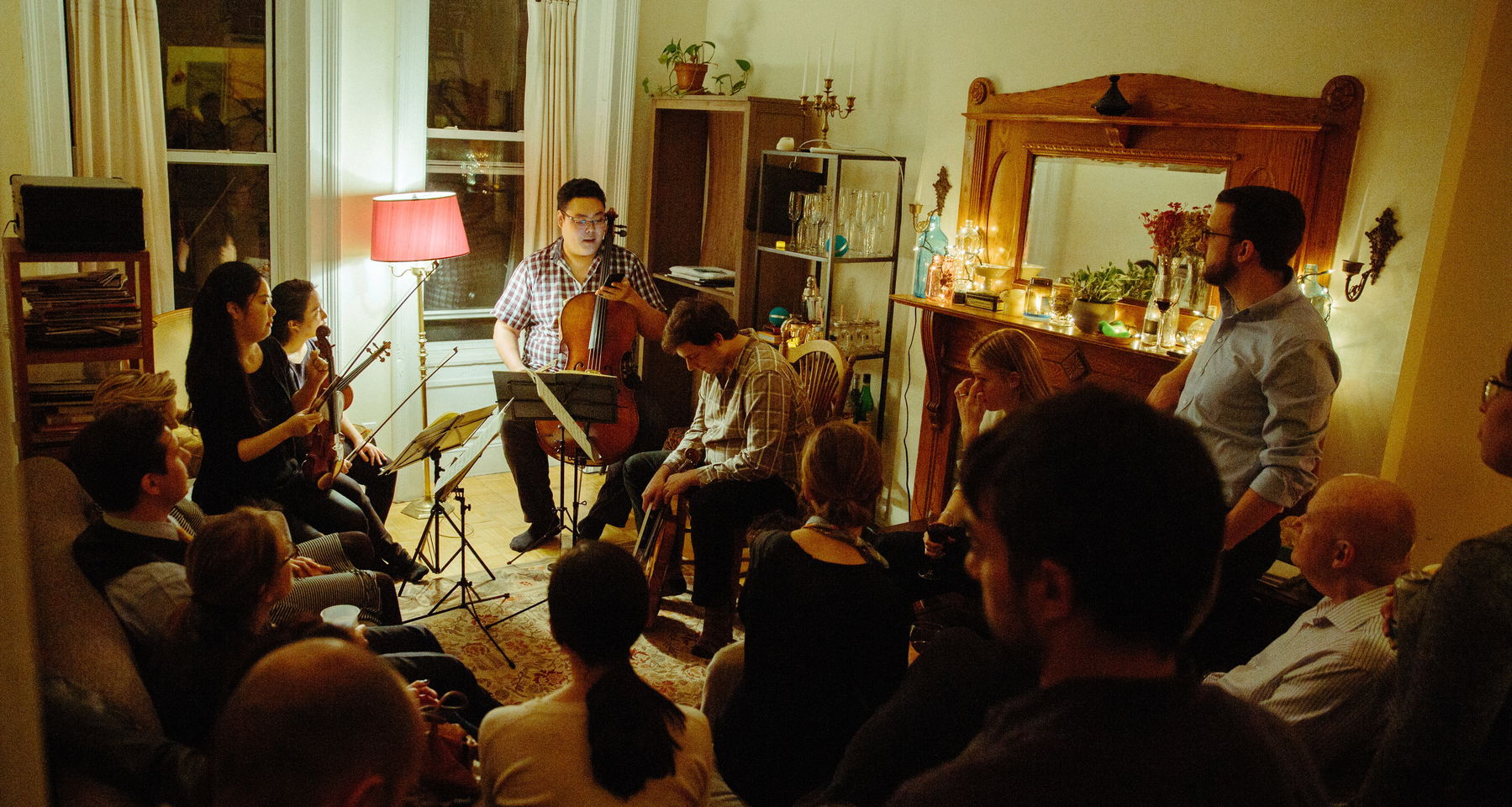
Musical afternoons at the Ashram with Opus 5: Cello & Piano
Mission District, SF
Sun, April 6, 2025, at 1:30 PM,
PDT

- Bring your own non-alcoholic drinks
- Non-alcoholic drinks provided
-
Wheelchair access
- Not wheelchair accessible
-
- Some stairs may be present in the space
-
- Kid-friendly event
This is a groupmuse
A live concert in a living room, backyard, or another intimate space. They're casual and friendly, hosted by community members.
Host
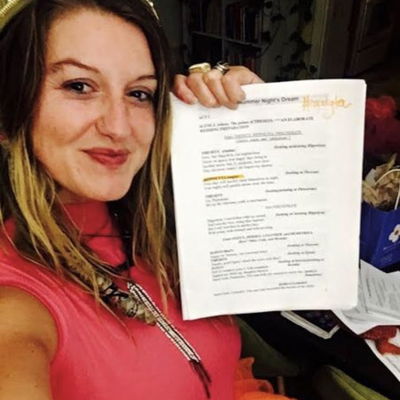
Welcome to the Yoga Society of San Francisco for an afternoon of piano & cello music performed by Bay Area’s acclaimed cellist James Jaffe with pianist Elektra Schmidt . Warm chai will be served.
Doors open at 1:30pm
Music begins at 2:00pm
What's the music?
Program Notes
Ludwig van Beethoven – Sonata for Cello and Piano in C Major, Op. 102, No. 1 (1815)
Composed during Beethoven’s late period, this sonata marks a turning point in his compositional style. Written for his close friend and patron Countess Anna Maria Erdődy, the piece reflects Beethoven’s increasing exploration of counterpoint and motivic development. The first movement, marked Andante – Allegro vivace, opens with a calm yet mysterious introduction that gives way to a vibrant and rhythmically complex main section. The second movement, Adagio – Tempo Andante – Allegro vivace, contrasts lyrical introspection with energetic outbursts, showcasing Beethoven’s mastery of emotional and structural balance. This work reflects both the depth and inventiveness characteristic of Beethoven’s late style.
Robert Schumann – Fantasiestücke, Op. 73 (1849)
Written during one of the most productive years of Schumann's life, the Fantasiestücke (Fantasy Pieces) reflect his deep connection to Romantic ideals of spontaneity and emotional expression. Originally composed for clarinet and piano, the work is equally effective when performed on the cello, highlighting the instrument's vocal quality. The first piece, Zart und mit Ausdruck (Tender and with Expression), features flowing, song-like lines. The second, Lebhaft, leicht (Lively, Light), provides a playful contrast with its rhythmic charm. The final piece, Rasch und mit Feuer (Quick and with Fire), is passionate and virtuosic, ending the cycle with a burst of energy. The interplay between piano and cello in this work captures Schumann’s gift for intimate musical dialogue.
Sergei Rachmaninov – Vocalise, Op. 34, No. 14 (1915)
Originally written for soprano and piano, Vocalise is one of Rachmaninov's most beloved works, celebrated for its hauntingly simple yet emotionally charged melody. This wordless song is one of Rachmaninov’s most enduring works. Its simple, flowing melody unfolds over lush harmonies, creating a sense of quiet longing. The cello’s warm tone enhances the expressive quality of the piece, capturing the emotional weight beneath its seemingly straightforward surface.
Astor Piazzolla – Le Grand Tango (1982)
Composed for the legendary cellist Mstislav Rostropovich, Le Grand Tango is a masterful fusion of classical form and Argentine tango. Piazzolla’s innovative "nuevo tango" style incorporates elements of jazz and modern classical music, creating a rich and complex rhythmic tapestry. The piece begins with a bold and syncopated theme, marked by intense rhythmic drive and shifting accents. A contrasting middle section introduces a more lyrical and reflective atmosphere before building back to a fiery and virtuosic conclusion. Piazzolla’s music demands technical brilliance and emotional intensity, making Le Grand Tango a dramatic and captivating finale to the program.
Location
Exact address sent to approved attendees via email.
This is a groupmuse
A live concert in a living room, backyard, or another intimate space. They're casual and friendly, hosted by community members.
Host

Attendees
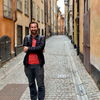
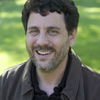
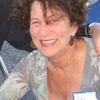


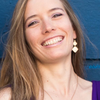
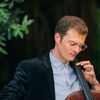
 Continue with Facebook
Continue with Facebook
 Continue with Google
Continue with Google
 Continue with Apple
Continue with Apple
Comments (2)
Comment sections are only for participants.